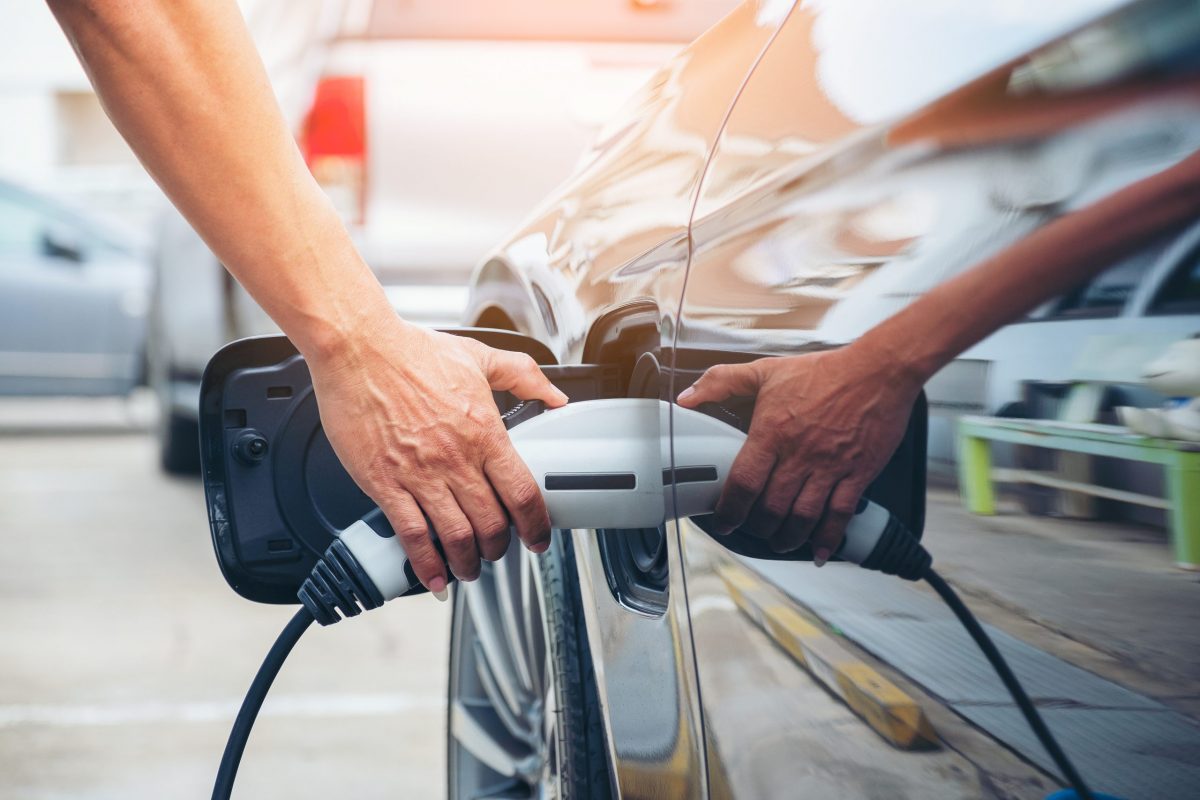Carriers in the long-haul segment have long been bound by mileage requirements that essentially rule out any alternatives to diesel aside from natural gas. Now though, developments in fuel cell technology have progressed to a point where major players are showing serious interest.
Diesel makes a serious dent in any operator’s bottom line, but it is not just fuel expenses that are shaking up the status quo. Air and noise pollution are major considerations for inner-city operations, and rising e-commerce means that more trucks are required to deliver goods. Cities are also becoming busier and more densely populated. The truck and bus sector needs to clean up its act, and hydrogen fuel cell powertrains are deemed an attractive choice for many.
“Paying for diesel impacts the total cost of ownership significantly,” commented Gernot Hacker, Senior Product Manager, Electrified Propulsion at AVL, in a recent Automotive World webinar. “There are a whole range of OEMs pushing alternative propulsion solutions into the market.”
AVL research suggests that for a 40-tonne heavy-duty truck that travels 200,000km per year over six years, a return on investment could be realised within just 1.2 years. This assumes that fuel cell technology is ‘fully industrialised’ by 2025, and that diesel and hydrogen prices sit at €1.1/litre (US$1.24/litre) and €3/kg respectively. “Most fleet owners want to see a return on investment within two years, so this fits well with that requirement,” noted Hacker. “Hydrogen is not only a green solution, there is also a clear cost-benefit advantage.”

But not all CVs travel long distances, and there are a number of applications that may be better suited to a battery electric solution. Many city buses, delivery vehicles and short-haul use cases are already served by battery electric powertrains across Europe, the US and China.
“It is not either or, it is definitely both solutions. The commercial vehicle sector is very broad in terms of applications, and for higher transportation distances – say 250km to 300km – a fuel cell powertrain is definitely cheaper as a total system cost compared to battery electric,” explained Hacker. “There are pros and cons for both sides, and there will be room for both solutions in the market.” For long-haul applications, he affirmed that fuel cell technology is likely to gain preference over a battery electric alternative.
Announcements have come thick and fast over the last year or so. In September 2018, Hyundai agreed a deal with Swiss hydrogen company H2 Energy to provide 1,000 fuel cell trucks from 2019 to 2023 across Switzerland. It is a significant project in Europe, but could extend to other markets in future. As Mark Freymueller, Commercial Vehicle New Business Project Director at Hyundai, told Automotive World: “If we find a business case that works, in say Korea, then we’ll enter the market in Korea, if it works in China then we’ll go to China, if it works in America then we’ll go to America.”
A few months earlier, Anheuser Busch, which makes Budweiser beer, put its name down for an order of up to 800 Nikola Motor fuel cell trucks. Trevor Milton, Nikola’s Chief Executive, suggested that stakeholders in the diesel truck are “in for a world of hurt” over the next decade or so.

Since May 2017, Scania has worked with Norwegian goods wholesaler Asko to trial fuel cell trucks, while in the US, Kenworth has been testing a heavy-duty fuel cell model for short-haul and port operations. Toyota has been working with Seven-Eleven Japan Co. to investigate how both the powertrain and additional elements such as refrigeration and freezer units can be powered by a hydrogen fuel cell. A raft of other initiatives across California and Europe have further bolstered the argument for fuel cell solutions.
Japan leading the infrastructure race
While there is no shortage in vehicle developments, the roll out of fuel cell vehicles is highly dependent on the supporting infrastructure. Much like the challenge facing electric vehicles, it is a chicken and egg situation.
“Hydrogen infrastructure is always an open question; everyone is wondering what is going on,” noted Falko Berg, Skill Team Leader, PEM Fuel Cell at AVL. Every country will eventually be faced with a zero emissions mandate, he suggested, which will drive investment in hydrogen-refuelling stations (HRS). Investment is projected to grow in coming years, but with some markets far ahead of others.
Proportionally, Japan is arguably leading on this front in relation to its size. Recent figures from Munich-based consultancy Ludwig-Bölkow-Systemtechnik forecast around 1,000 HRS in Japan by 2025. By comparison, China is targeting the same number of HRS by 2030. “In a couple of years, Japan will have basically the entire [country] taken care of,” suggested Berg. Elsewhere in Europe, Germany and France are set to gain 400 and 300 HRS respectively by 2025, whilst Italy could see just ten by 2020.



